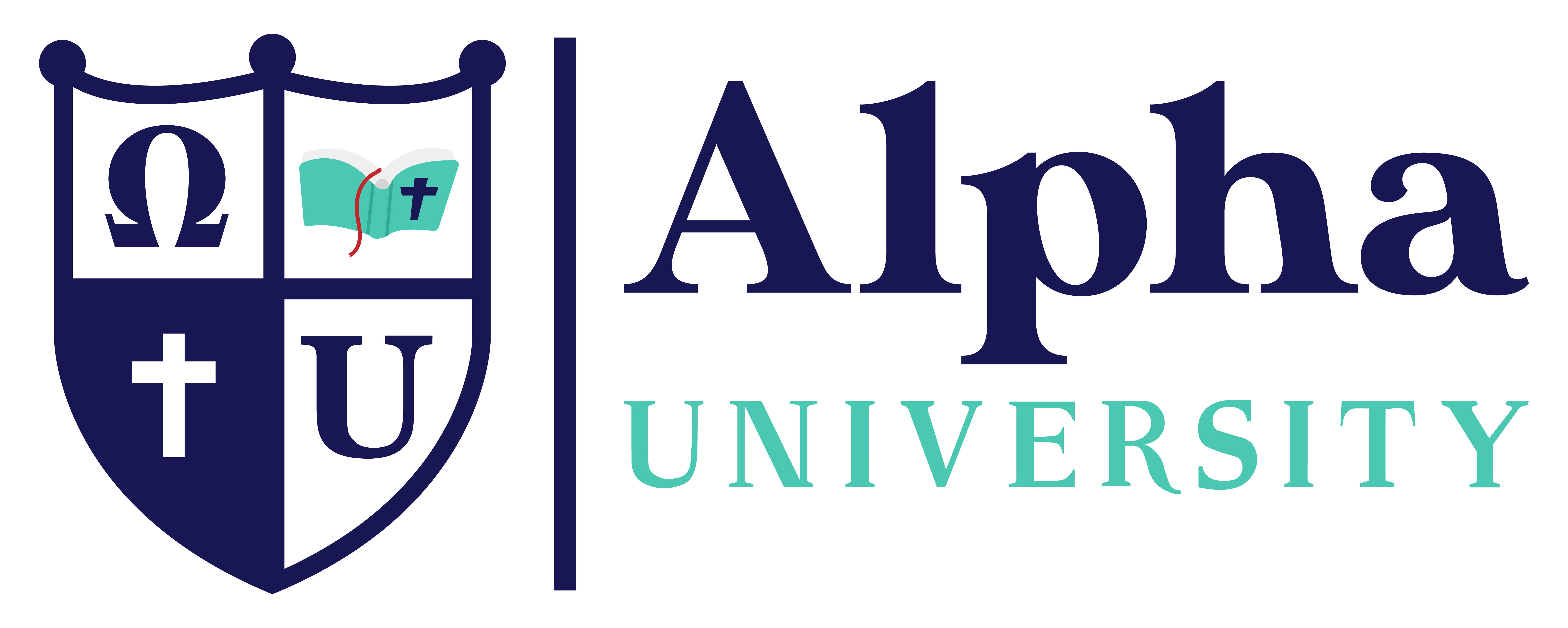What an amazing way to start a Gospel—with a great long list of names! But, to Jews, that was not surprising at all, as we shall see. It sets Jesus of Nazareth in the context of what God had been doing for his people from the earliest days. It ushers in the theme of fulfilment, which is so prominent in this Gospel. The climax of God’s work for humankind throughout the centuries is—Jesus.
There is ample precedent for such genealogies in the Old Testament. They were valuable for showing the purity of lineage that was so important to a Jew. Ezra 2:62 speaks of some of the returning exiles who ‘searched for their family records, but they could not find them and so were excluded from the priesthood as unclean’. The great rabbi Hillel was gratified that he could trace his genealogy back to King David, and the Jewish historian Josephus, writing towards the end of the first century AD, begins his autobiography by relating his own pedigree. These documents were kept in the public records by the Sanhedrin. As a matter of fact, Herod the Great was so embarrassed that, as half Jew, half Edomite, his name was not in the official genealogies, that he ordered their destruction, so that nobody could claim a purer pedigree than his own! Far from seeing this as a bit of dull antiquarianism, therefore, the first readers of the Gospel would be fascinated that Jesus could trace his genealogy back to Abraham.
Matthew included Jesus’ genealogy partly for the reasons of validation we have just considered, but mainly because he wanted to draw attention to the links Jesus had both with David and with Abraham. Jesus is the fulfilment of all history, and in particular of God’s promise to Abraham that in his seed all the families of the earth would be blessed, and of his promise to David that his throne and kingdom would be established for ever before the Lord.3 And that, incidentally, is one of the texts found at Qumran in a list of prophecies about the coming Messiah. So it was exceedingly significant.
The genealogy is carefully arranged in three groups of fourteen names each. So it is not intended to be comprehensive, but rather highly selective. It is designed, in fact, to make three names stand out: those of Abraham (2), David (6) and Jesus (16). The high point in the fulfilment of God’s promise to Abraham in the Old Testament is undoubtedly King David. The climax of the genealogy is great David’s greater Son. The whole thing is arranged with consummate artistry and care so that it could be easily memorized in an age when few could read and fewer still possessed books. The names are arranged as an acrostic on the name ‘David’ to make them easy to remember. In Hebrew, as we have seen, the numerical value of the name ‘David’ is fourteen, which is, accordingly, the number of generations Matthew has selected to mention. In Greek the verb gennaō (be the father of) does not necessarily indicate literal paternity: it can, and often does, mean ‘be the ancestor of …’ The Babylonian captivity was clearly important in this scheme of things (11–12, 17). Just as David represented the high-water mark of Israel’s hopes and development and pointed forward to his descendant, Jesus, so the Babylonian captivity represented the nadir of Israel’s fortunes, the frustration of her hopes, and the end of the royal line; and it too points forward to Jesus the Messiah and his people in whom those fortunes will be restored and those promises fulfilled.
A number of women figure in the genealogy. That might not seem strange in today’s climate, but it was startling in a Jewish genealogy. In both Greek and Jewish culture a woman had no legal rights. She could not inherit property or give testimony in a court of law. She was completely under her husband’s power. She was seen less as a person than as a thing. The Jewish man thanked God each day that he had not been created a slave, a Gentile or a woman. And yet here are four women in Jesus’ genealogy.
And what women! Tamar (3) was an adulteress. Rahab (5) was a prostitute from pagan Jericho. Uriah’s wife, Bathsheba (6), was the woman David had seduced and whose first child had died, but through whose subsequent son Solomon the royal line was traced. Ruth (5) was not even a Jewess at all, but a Moabitess, and Moabites and their descendants were not allowed near the assembly of the Lord.8 These are the women introduced into the genealogy to prepare us for the climax of them all—Mary (16)! Matthew could not have found a more amazing selection of women wherever he had looked within the pages of his Bible. Why did he choose them?
It is clear from Mark 6:3; Galatians 4:4 and Revelation 12:1–5 that people were well aware there was something strange about the birth of Jesus. It was different. The Jews put about the rumour that he was the illegitimate child of a Roman soldier and Mary. Nobody thought he was simply the child of Joseph and Mary. So Matthew may well be alluding to such rumours when he points out that in Jesus’ ancestry there are notorious women. Sinners they may be, but God works to rescue sinners and to use them in his service. Here at the outset of the Gospel, Matthew goes out of his way to show that the barriers between men and women are broken down: women share in the official genealogy of the Messiah alongside men. The barriers between Gentiles and Jews are broken down too: Ruth plays her part in the coming of one who was to be not only Messiah of Israel but Saviour of the whole world. And the juxtaposition of sinful women like Bathsheba and Tamar with Mary, the gentle mother of Jesus, shows that the barriers between good people and bad people have also come crashing down. As Paul put it, ‘There is no difference, for all have sinned and fall short of the glory of God, and are justified freely by his grace’ (Rom. 3:22–24). At the very beginning of the Gospel the all-embracing love of God is emphasized. Nothing can stand in its path. There is nobody who does not need it. Maybe the genealogy is not so dry after all!
References:
Green, M. (2001). The message of Matthew: the kingdom of heaven (pp. 57–59). Leicester, England; Downers Grove, IL: InterVarsity Press.







